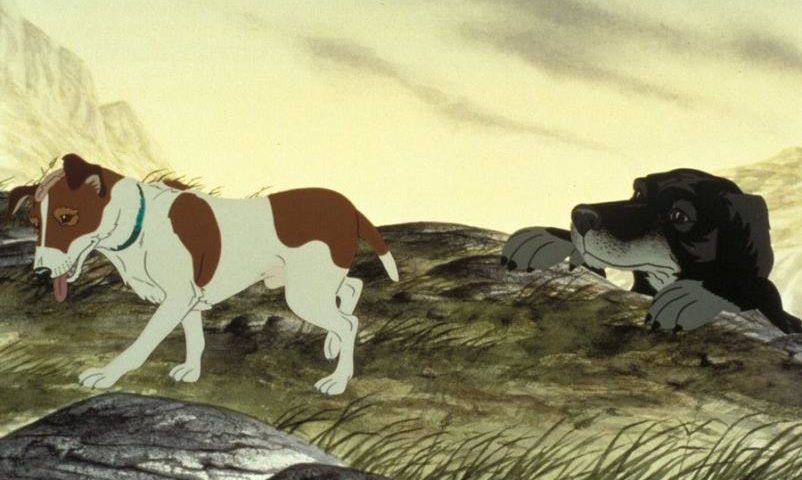

And they’re used as if they were electric light bulbs or boots. These experimental animals are just sentient objects they’re useful because they are able to react sometimes precisely because they are able to feel fear and pain. The horrors of animal testing are tough to confront. He’s made to tread water until he drowns and is then revived - repeatedly. It’s an affecting and memorable book, and worth reading if only for the opening scene which describes Rowf’s experience in a water experiment. Boycott to ask himself, on behalf of the human race, not, ‘How much knowledge can I discover?’ but ‘How much knowledge am I justified in seeking?'”.

Something too much of this.” and “Besides, who in his senses could reasonably expect Dr. Boycott: “He represented, in fact, a most ingenious paradox, noble in reason, express and admirable in action, his undemonstrative heart committed with the utmost detachment to the benefit of humanity. The book also explores the motivations and personality of the researcher Dr. The omniscient narration allows Adams to delve into numerous perspectives most notably the dogs: Rowf, a loyal eager-to-please Labrador to the core, and Snitter, a prescient fox terrier who has undergone brain experimentation and acts a lot like Fiver, the mad rabbit in Watership Down. Adams credits Victims of Science: The Use of Animals in Research (1975) by Richard Ryder and Animal Liberation (1975) by Peter Singer as influences for this book, which tells the story of two dogs’ escape from an animal research station in North West England. While most may be familiar with his novel Watership Down (1972) from childhood, readers of EcoLit may especially appreciate The Plague Dogs (1977). No one gives animals a voice like author Richard Adams.


 0 kommentar(er)
0 kommentar(er)
